I am implementing a map-like interface for a personal project, in Javascript with HTML5 canvas, and I am mostly looking for ideas on how I could properly tessellate all 2D polygon sides with equal-length rectangles per side. Before explaining further, here are two actual screenshots of the existing interface:

(source: mavrosxristoforos.com)
As you can see, there are "n" rectangles on each of the polygon sides, with length equal to "side's length" divided by "n", and width their length divided by 2. The number of rectangles is user-set. The actual data I have is: the polygon corner coordinates and the number of rectangles. The sides are always populated clockwise.
At the moment, the pseudocode for how they are drawn, looks like this:
RECT_LENGTH = polygon_side_length / count_of_rectangles;
i = first_corner_of_the_polygon_side;
for ( j = 0; j < count_of_rectangles; j++) {
move pen to i;
point1 = i + RECT_LENGTH * right_angle_on_polygon_side_slope;
line to point1;
point2 = point1 - RECT_LENGTH * polygon_side_slope;
line to point2;
i += RECT_LENGTH * polygon_side_slope;
line to i;
}
It is pretty obvious from the code, that it doesn't take into consideration anything other than the polygon side slope, which is the angle from the horizontal axis, measured in -π (pi) to +π, calculated from the two corner coordinates. There are mainly three appearance problems in these screenshots:
- In the upper screenshot, on the left, the big rectangle goes out of the polygon side.
- In the upper screenshot, on the bottom right, the rectangles overlap (also on other corners, but that particular one looks completely unnatural).
- In the lower screenshot, on the top corner, both sides' rectangles get out of the original polygon.
As a solution, I thought that I could search for a line segment intersection between the current line being drawn and the polygon sides, as well as the previous rectangle, but that doesn't feel right, and it would perform quite slow.
As already mentioned, any idea is welcome. I am not a native English speaker, so please feel free to correct me on my English.
Thank you for your time!
EDIT: I wouldn't mind it if the last rectangle became a trapezoid, just to completely cover the polygon side.

